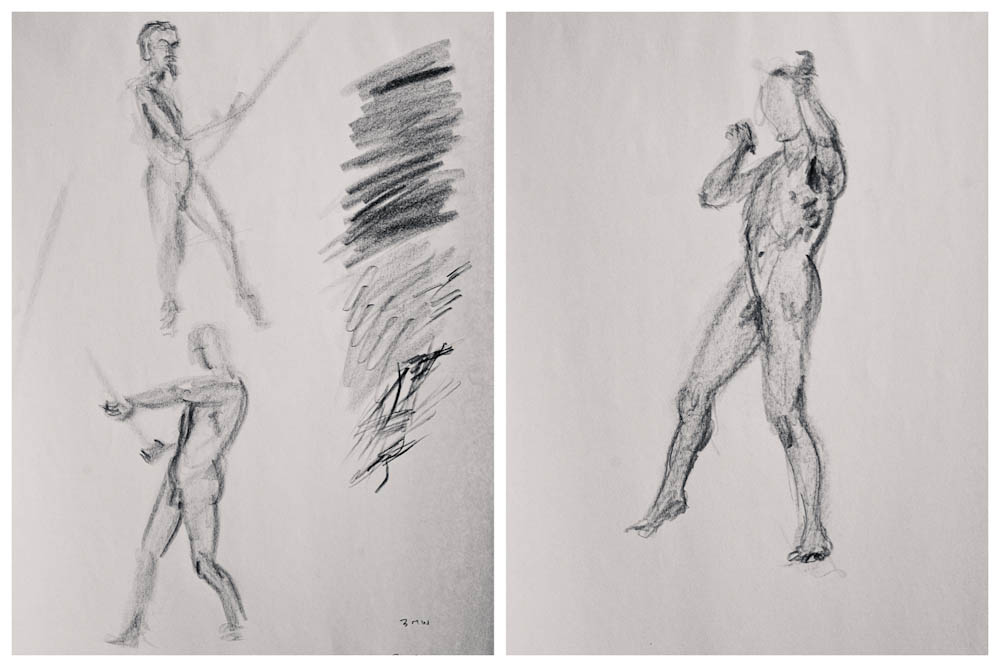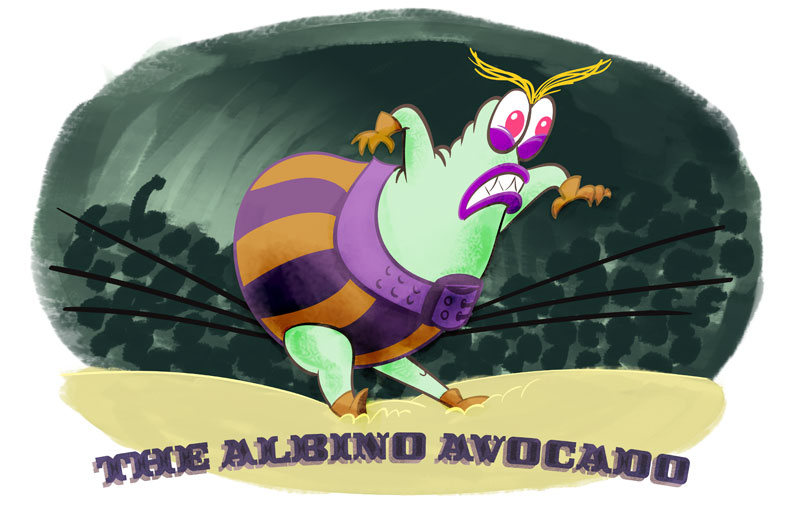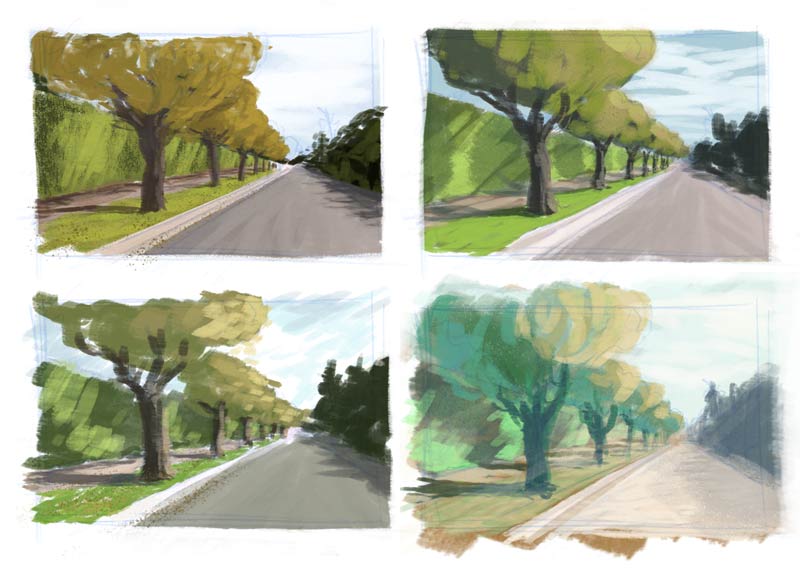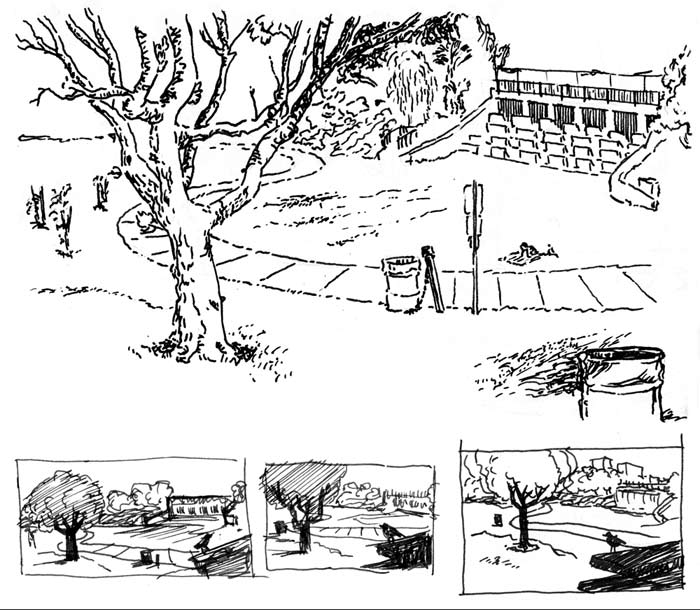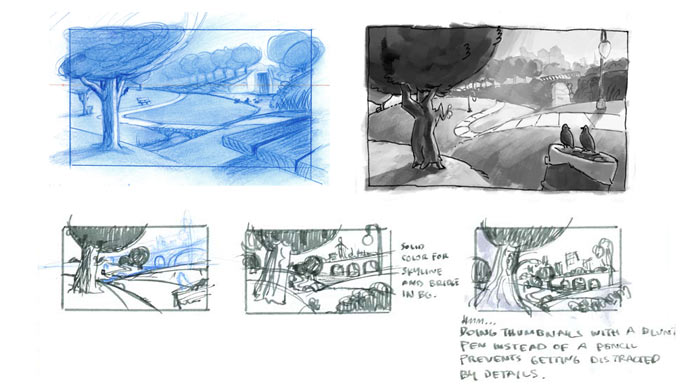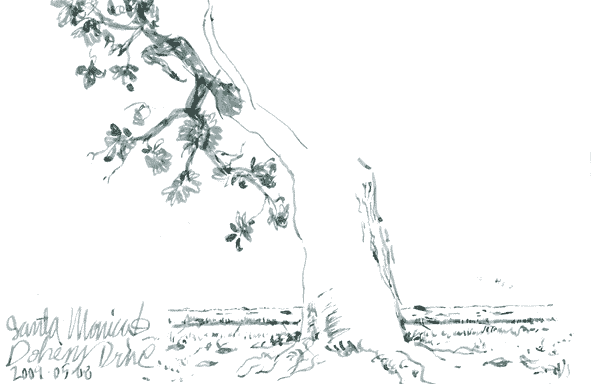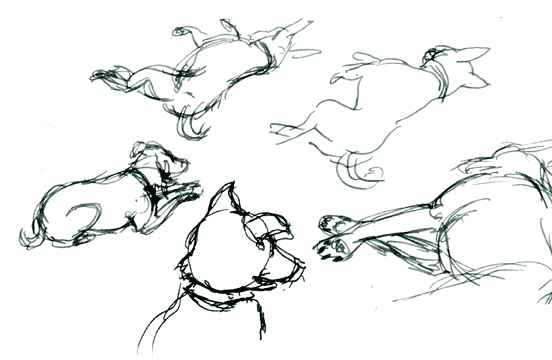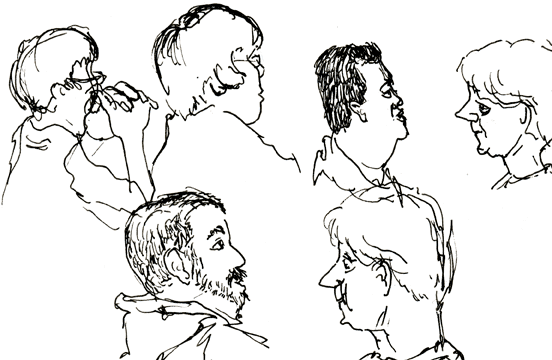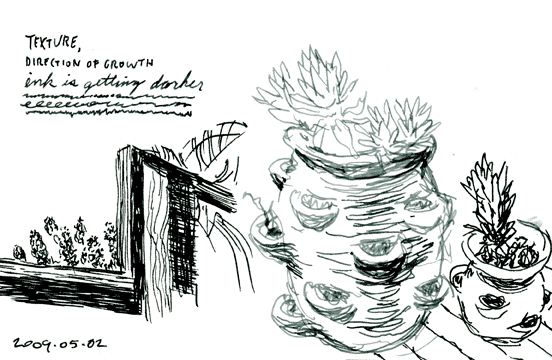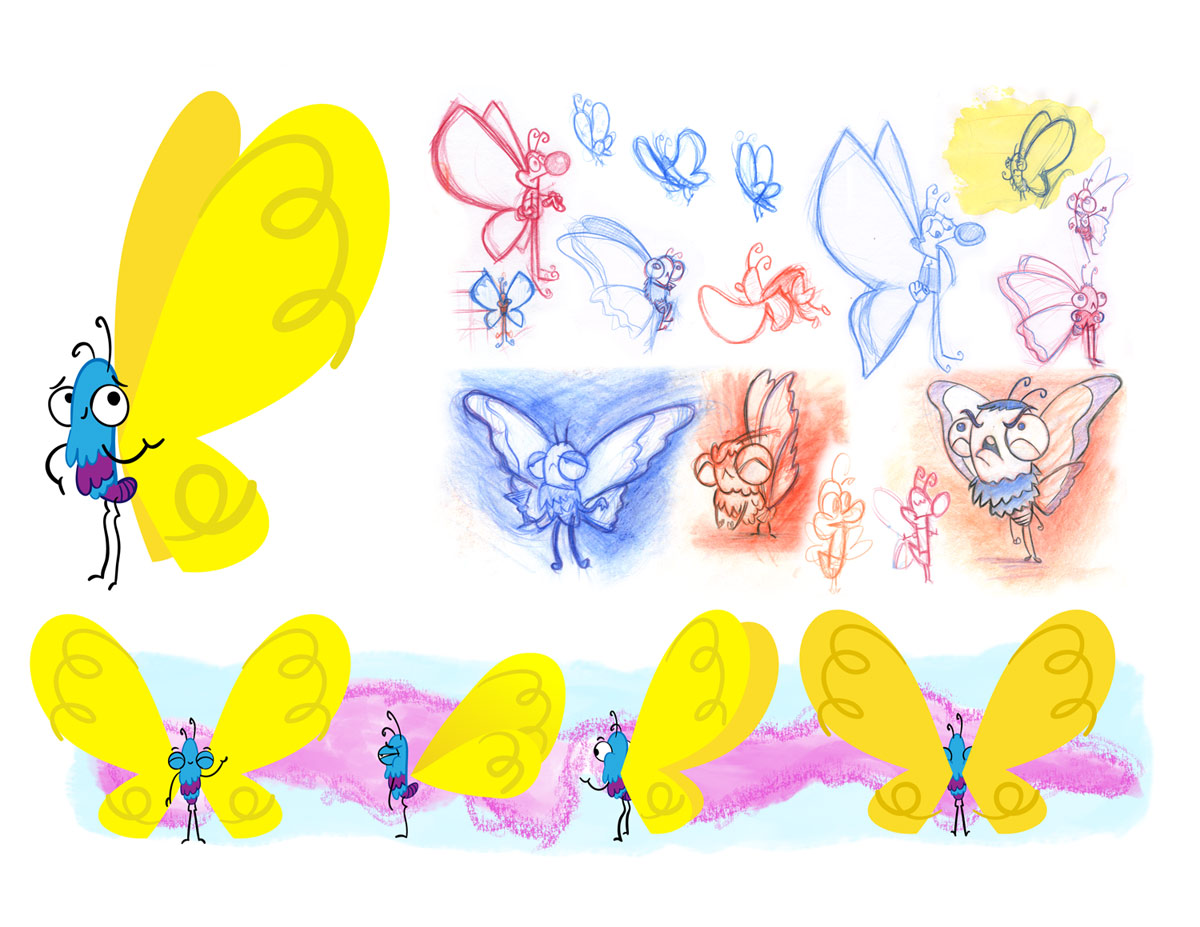Gesture drawing is something I haven’t done much of. I never saw the point of making scribbly loose drawings that didn’t look much like the thing I was trying to depict, instead preferring to work around the outside of the subject and define it with contour lines.
But I’m about halfway through the first volume of “Drawn to Life”, the compiled notes of Disney animator Walt Stanchfield , and the point of those scribbles is starting to become clear. When I first cracked the book, I was surprised to see so many words in a thick book about drawing, but Stanchfield’s lecture notes from years of drawing courses given to Disney artists reveal the mind of a man with a great understanding of his own process and purpose in creating and a desire to share these things with others.
, and the point of those scribbles is starting to become clear. When I first cracked the book, I was surprised to see so many words in a thick book about drawing, but Stanchfield’s lecture notes from years of drawing courses given to Disney artists reveal the mind of a man with a great understanding of his own process and purpose in creating and a desire to share these things with others.
In studying the drawings in the book and trying to approach drawing in a way that produces a similar result, I’ve found that making quick, loose drawings is liberating. The point of gesture drawing is not to make a fine rendering of the subject on a piece of paper, but to engage the mind and the eye in noticing the angles and shapes that communicate most strongly — to develop an awareness of body language that the animator can draw on when bringing to life figures of the imagination. Gesture drawing is a technique for learning!
Stanchfield recommends drawing in ink to encourage the mind to develop a greater sense of intent before placing a mark, and I have to say it feels like the equivalent of weight lifting for drawing. After spending some time working in ink, the pencil feels lighter and more fluid in my hand.
Don Hahn, who compiled the Stanchfield’s notes for publication and produced “Beauty and the Beast” and “The Lion King” among other films, is going to be appearing at the next Animation Night at The Animation Academy in Burbank on June 7th. If you’re in the Los Angeles area, come check it out.
Sadly, Stanchfield passed away in 2000, but many thanks to Hahn for the wonderful job he has done preserving Stanchfield’s spirit and sharing it with other artists through these notes.



